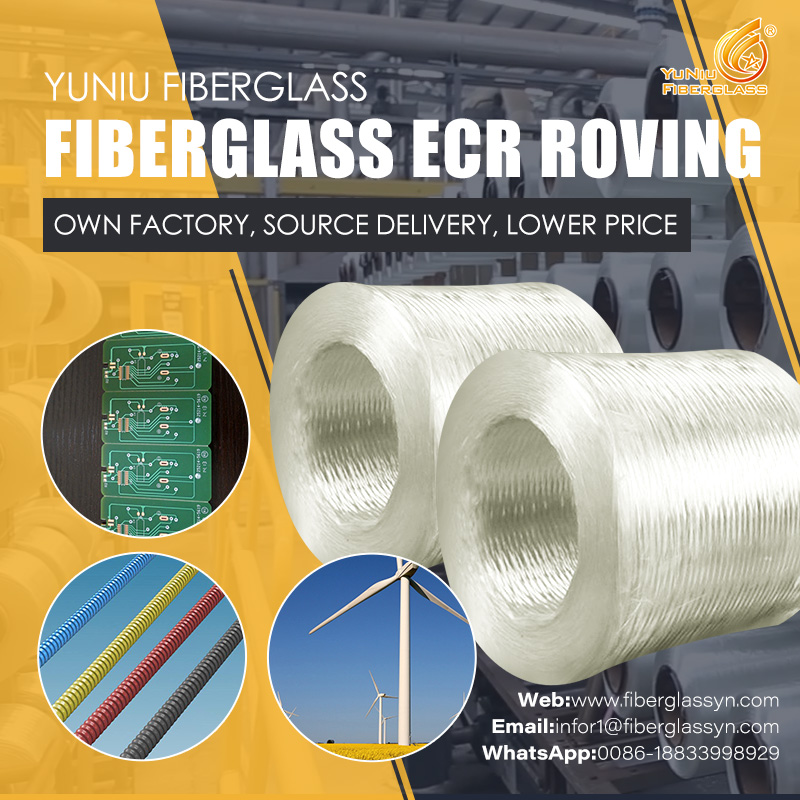Email: info@hdfiberglass.com Whatsapp: +86 15200033566
Views: 1 Author: Site Editor Publish Time: 2023-04-14 Origin: Site








Wind power is a clean and renewable form of energy that has become increasingly popular over the last decade. Wind turbines are the most common way to capture and convert wind energy into usable electricity. The blades of a wind turbine are responsible for capturing the wind, and thus, must be constructed with materials that can withstand the powerful winds and be cost effective. Fiberglass ECR roving is one of the most commonly used materials for wind turbine blades, due to its strength and lightweight properties.

Fiberglass ECR roving is made up of thousands of continuous filaments of glass. It is a type of fiberglass material that is known for its strength, durability, and lightweight characteristics. This makes it an ideal material for applications in the automotive, aerospace, construction, and marine industries. Due to its strength and lightweight properties, fiberglass ECR roving is also used in the manufacturing of wind turbine blades.
Fiberglass ECR direct roving is less expensive than other materials and is more cost effective for large-scale production. It is also relatively easy to work with, which makes it ideal for mass production techniques. The lightweight properties of fiberglass ECR roving also makes it more efficient for the blades of a wind turbine, as it requires less energy to spin the blades. Furthermore, the strength of fiberglass ECR roving allows it to withstand the powerful winds that the blades are exposed to, which is essential for the long-term performance of a wind turbine.
Fiberglass ECR roving also has a number of other advantages for wind turbine blades. It is resistant to corrosion, fire, heat, and chemicals, making it a reliable and long-lasting solution for a variety of applications. Additionally, it is known for its acoustic absorption characteristics, which can help reduce noise pollution in the area. Finally, fiberglass ECR roving is a sustainable and environmentally friendly material, making it ideal for green energy solutions.
In conclusion, fiberglass ECR roving is an ideal material for the manufacturing of wind turbine blades. It is relatively inexpensive and easy to work with, making it cost effective for large-scale production. Additionally, the lightweight and strength properties of fiberglass ECR roving makes it more efficient for the blades of a wind turbine, as well as more reliable for long-term performance. Furthermore, fiberglass ECR roving has a number of other advantages, such as resistance to corrosion, fire, heat, and chemicals, as well as acoustic absorption characteristics. Finally, fiberglass ECR roving is a sustainable and environmentally friendly material, making it ideal for green energy solutions.
Is it better to choose emulsion or powder for glass fiber chopped strand mat?
Building Stronger Ships: Application Cases And Technical Advantages of Yuniu Chopped Glass Fiber Mat
Yuniu Fiberglass Chopped Strand Mat - Helping Your Project To Success
Corporate Visual Identity of Hebei HaiDing Fiberglass Manufacturing Co., Ltd.
What does the price increase of fiberglass products (chopped strand mat) mean?
Fiberglass Materials for Electrical Insulation and Electronics Applications